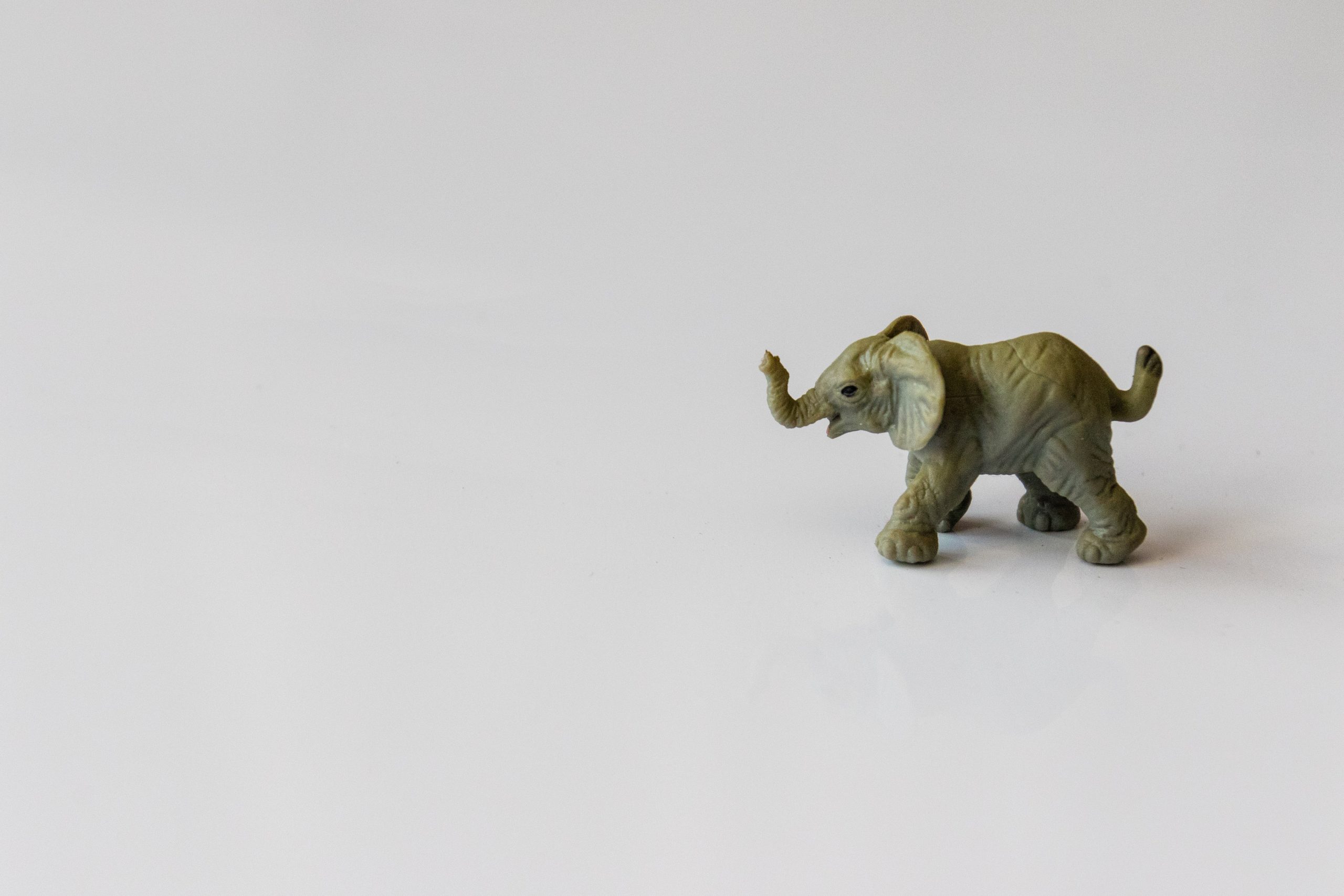
There is a general lack of awareness of cruel zoos are. They are only a couple of steps down from those horrible places where wild animals are trapped to allow tourists to take photographs with. Zoos trap animals, especially higher mammals such as elephants and cause immense psychological damage.
In this particular case, Kaavan, dubbed the world’s loneliest elephant (though, most unfortunately he is not the only one to lay claim to that dubious injustice) suffered alone, in a very poorly maintained zoo in Pakistan. And don’t be fooled, this is the case with zoos worldwide, including a horrible one in Europe, the Copenhagen zoo, where they deliberately kill wild animals, including a particularly gory incident involving a healthy giraffe, and four healthy lions. When questioned, they actually expressed pride in their horrific acts.
Kaavan is not free yet, and it is unclear when he will actually go to Cambodia to join others of his Asian pachyderm family, but one message is clear:
Zoos have got to go
Improper care, malnutrition, cruelty, you name it, zoos have it. They don’t serve any educative purpose, since they trap wild animals in unnatural settings and lead to unnatural behavior, for which, sadly, now a term exists: Zoochsis, a play on the alarming term, psychosis. While it innately insults wild animals by the distinction in terms, it will at least help create awareness of the plight of wild animals trapped in zoos.
Please heed petitions, and become aware. Here are a few action items you can take starting right now:
- Refuse to support zoos. Do not provide any funding. Vote down proposals for new zoos, and for any enhancements such as to cafes, etc., which do not directly benefit the animals themselves.
- Do not visit zoos. And I mean, all zoos. These include petting zoos. Non-human animals are not to become unwilling entertainers to our whims. This was exactly the problem with circuses, and no matter how cute the next baby animal’s advertised birth is, remember, that is an animal born into captivity. Imagine yourself, or your own children born thus.
- Rescues and zoos are different. Do not buy into the argument that rescued animals have to be put on display inside extremely limited concrete jungles with a few non-native trees and similar trash strewn around. All animals, especially rescued wildlife require circumstances that are far better than any zoo on the planet can afford them.
- Continue with other conservation activities. Donate to worthy causes. Four Paws, the organization that helped Kaavan is now on my radar. Every little bit helps.
- Similarly, petitions do work and they do count. Review and sign petitions that help animals, whether they are individuals or a group. It is not just Kaavan. Raju and several other elephants have benefited from years of petitioners battling for their cause, which helped those on the ground, trying to help these wonderful, wonderful, remarkable creatures.
- If you are so inclined, shop with a conscious goal of sustainability, and especially in support of organizations that use their proceeds directly towards rescue activities, or to help local communities keep wildlife wild and not engage in attritive wildlife-related commerce.
- Refuse to ride elephants or any other wild animals. Horses may be an exception, but I am beginning to question that as well. Perhaps riding domestic animals that actually enjoy that may be open to individual choice.
- Refuse to engage in any of the other activities that I deem “cruelty tourism”. Do not agree to take selfies with “pet” tigers, or elephants or any such captive species. Every single time you refuse to engage, you are helping strike at the root of the problem.
- Do not buy ANY pets, exotic, or otherwise. The plight of wild turtles and pangolins and other species sold as pets is shared alike by dogs, cats, birds, and several other species. Animal companions do a lot for us. However, let us rescue them, not buy them from breeders. Pet animal breeding itself is an unconscionable form of commerce and should be ended.
- There are many other ways in which you can engage in domestic and wildlife animal rescue and conservation. The most effective way to accomplish this is through awareness and education. However, don’t stop there. Please spread the message. Teach others the importance of rescue, and the importance of disengaging from behavior that promotes cruelty towards animals.
References:
- The latest news on Kaavan’s ordeal: https://www.theguardian.com/environment/2020/sep/05/worlds-loneliest-elephant-allowed-to-leave-zoo-for-better-life
- Four Paws: https://www.four-paws.us/
- Cover image, courtesy of Magda, via pexels: https://www.pexels.com/photo/gray-elephant-figurine-1289845/
- The disgusting Copenhagen zoo: https://en.wikipedia.org/wiki/Copenhagen_Zoo
- On zoochosis: https://www.bornfree.org.uk/zoochosis#:~:text=However%2C%20life%20in%20captivity%20differs%20substantially%20from%20life%20in%20the%20wild.&text=Abnormal%20behaviour%20in%20captive%20animals,over%2Dgrooming%20or%20excessive%20licking.
